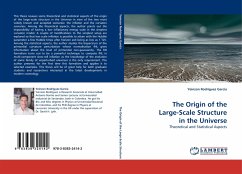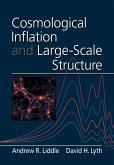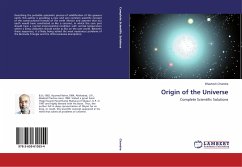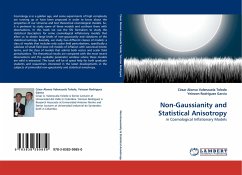This thesis reviews some theoretical and statistical aspects of the origin of the large-scale structure in the Universe in view of the two most widely known and accepted scenarios: the inflaton and the curvaton scenarios. Among the theoretical aspects, the author points out the impossibility of having a low inflationary energy scale in the simplest curvaton model. A couple of modifications to the simplest setup are explored so that low scale inflation is possible to attain with the Hubble parameter a few Hubble times after horizon exit being as low as 1 TeV. Among the statistical aspects, the author studies the bispectrum of the primordial curvature perturbation whose normalisation fNL gives information about the level of primordial non-gaussianity. The N formalism turns out to be a powerful technique to compute fNL in multi-component slow-roll inflation as the knowledge of the evolution of some family of unperturbed universes is the only requirement. The author presents for thefirst time this formalism and applies it to selected examples. This thesis will be of great help for both graduate students and researchers interested in the latest developments in modern cosmology.








